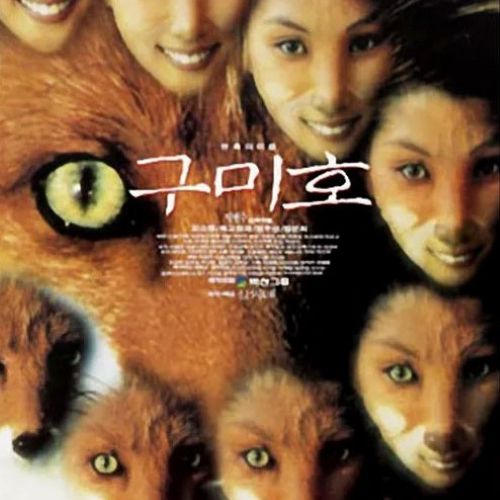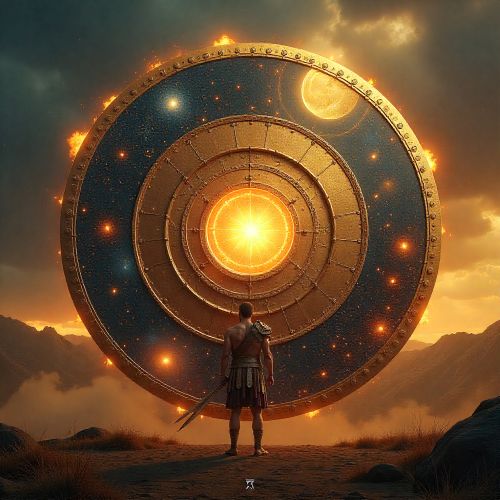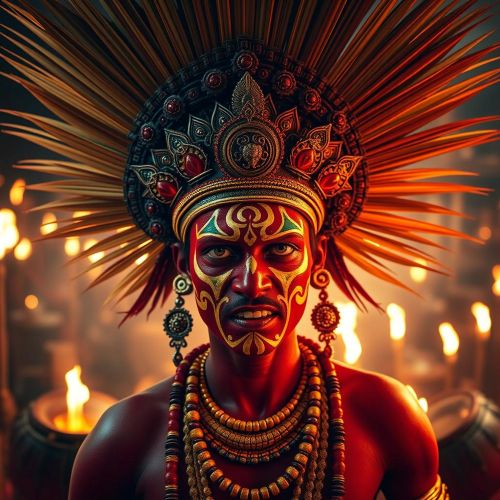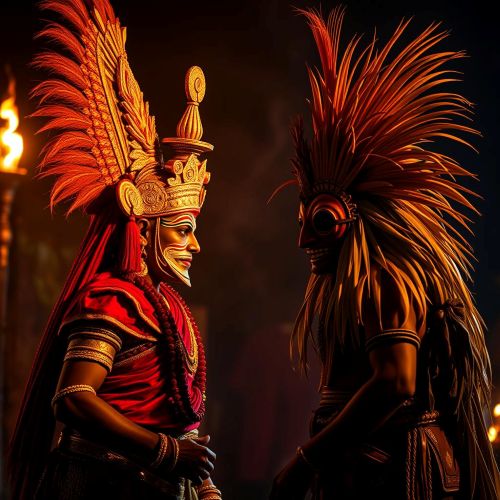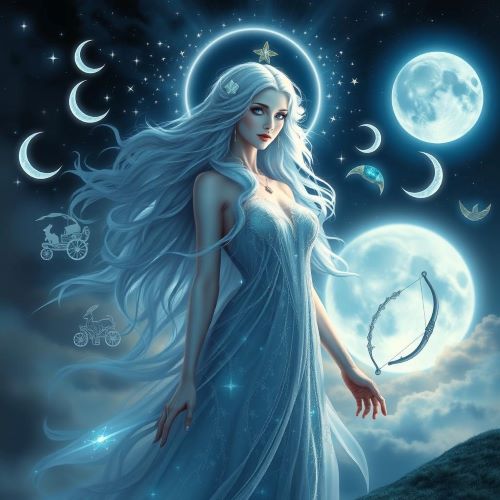Lokah Chapter 1: Chandra – Bringing Kerala Mythology to Life
Kerala has always had a fascination with stories that straddle the line between myth and reality. From Yakshis that haunt forests to Odiyans who can transform into animals, and from clever tricksters like Kuttichaatan to miracle-working sorcerer-priests, these tales have been part of our cultural DNA for centuries. They aren’t just entertaining stories — they’re mirrors of human nature, morality, and the fears and hopes of our ancestors.
Lokah Chapter 1: Chandra does something I’ve been waiting to see on the big screen: it takes these legends and stitches them together into a universe where they can interact, clash, and coexist. The film brings together five central characters — Kaliyankattu Neeli, Chaatan, Odiyan, Kadamattathu Kathanar, and Moothon — and adds new faces in Soubin, Balu, and Ahaana, all deeply rooted in Kerala mythology but presented in a way that feels fresh and cinematic.
Kaliyankattu Neeli – The Fearsome Yakshi
When you think of Yakshis in Kerala folklore, Neeli is the one everyone remembers. Not just a spirit, she’s a force of nature. Kaliyankattu Neeli became a Yakshi after betrayal and injustice, gaining powers that made her almost impossible to stop. She could lure men, shift her form, and feed on their life force. In the stories, she is cunning, beautiful, and deadly — a warning and a fascination rolled into one.
Her biggest rivalry is with Kadamattathu Kathanar, the priest who could control spirits and demons through magic and faith. Their battles are not just about power — they’re about chaos versus order, vengeance versus discipline.
In the movie, Kalyani Priyadarshan plays Neeli with intensity and nuance. She’s not just a villain; she’s a tragic anti-heroine. Her rage drives the story, but there’s a vulnerability too, a sense of history and sorrow behind her fury. Watching her on screen reminded me why these myths have endured — they’re terrifying, yes, but also deeply human.
Chaatan – The Trickster Spirit
Then there’s Chaatan, or Kuttichaatan as he’s known in the folklore books. I love this character because he’s unpredictable, cheeky, and maddening — and, according to legend, he has 399 brothers. That’s right, 399! Together, they’re unstoppable, which explains why no priest or sorcerer can ever fully control him. Chaatan represents chaos, mischief, and rebellion — the kind of figure you love to watch because you never know what he’ll do next.
Tovino Thomas nails it in the film. His Chaatan is playful, cunning, and just dangerous enough to keep everyone on edge. The references to his 399 brothers are brilliant Easter eggs for anyone familiar with the myths, hinting at an entire hidden world that could be explored in future chapters.
Odiyan – The Cursed Shape-Shifter
The Odiyan has always been one of my favorite figures in Kerala folklore. Sorcerers who could transform into animals, yes — but never perfectly. Legends talk about dogs with three legs, human-like eyes staring from animal forms, and other half-complete shapes. These imperfections make them terrifying and tragic at the same time.
Dulquer Salmaan’s Odiyan in Lokah Chapter 1: Chandra captures this beautifully. He’s powerful, frightening, but also cursed. The movie even uses symbols like a three-legged dog to show the audience that he’s never fully free from his human flaws. Odiyans, historically, embodied the fear of the unknown and the consequences of misusing forbidden power. On screen, Dulquer’s Odiyan is both tragic and magnetic — a perfect mix of myth and human struggle.
Kadamattathu Kathanar – The Sorcerer-Priest
Kadamattathu Kathanar is a legend in his own right. A priest who could outsmart demons, bind spirits, and even outwit trickster spirits like Chaatan, he’s where faith and magic intersect in Kerala folklore. His tales show us that knowledge, discipline, and courage are powerful tools against chaos.
Sunny Wayne’s portrayal is grounded yet commanding. Kathanar is the anchor in a world full of supernatural chaos. He faces Neeli’s wrath, negotiates with Chaatan’s mischief, and contends with Odiyan’s unpredictable loyalties. He’s the moral compass, the one who reminds us why these stories matter — they’re about balance, responsibility, and the consequences of power.
Moothon – The Elder Guardian
Mammootty as Moothon brings a calm but powerful presence. In folklore, Moothon isn’t a fighter but a custodian — the elder who holds the memory of events, history, and traditions. In Lokah Chapter 1: Chandra, he observes, guides, and keeps the mythic world coherent. He’s a reminder of the respect for elders in Kerala culture and why their wisdom is essential in navigating chaos.
Future Characters: Soubin, Balu, and Ahaana
The teasers hint that Soubin Shahir and Balu Varghese will appear together as the legendary duo Pottan and Gulikan. These spirits are inseparable in folklore, representing protection, mischief, and justice. Their dynamic complements Chaatan’s chaotic energy while adding depth to the universe — they test humans, uphold cosmic balance, and remind us that mythological worlds are rarely black and white.
Ahaana Krishna is likely to play Nagayakshi, the mystical serpent-woman who guards forests and water bodies. Known for her beauty and power, she’s a force to be reckoned with. Her interactions with Neeli or her independent role could introduce new tensions and alliances, expanding the universe while staying true to Kerala’s folklore traditions.
Cultural Relevance
What excites me most about Lokah Chapter 1: Chandra is how it revives these myths for a contemporary audience. Characters like Neeli, Chaatan, Odiyan, Kathanar, Pottan, Gulikan, and Nagayakshi aren’t just cinematic creations — they’re part of our cultural DNA. By translating folklore into a modern cinematic universe, the film preserves oral traditions, sparks interest among younger generations, and reminds Malayalis of the power and richness of their heritage.
Globally, it has the potential to put Kerala mythology on the map. Just as Norse legends became a worldwide phenomenon through Marvel, the Lokah universe proves that South Indian myths are cinematic, complex, and universally engaging.
Conclusion
Lokah Chapter 1: Chandra is more than just a movie; it’s a love letter to Kerala mythology. By bringing together Kaliyankattu Neeli, Chaatan, Odiyan, Kadamattathu Kathanar, Moothon, Pottan, Gulikan, and Nagayakshi, the film creates a rich mythological universe that respects tradition while exploring new narrative possibilities.
For Malayalis, it’s a reminder of the beauty and depth of our folklore. For cinema lovers worldwide, it’s a blueprint for how regional myths can be transformed into universal storytelling. Lokah Chapter 1: Chandra proves that Kerala mythology isn’t just alive — it’s ready to conquer the big screen.
No posts were found.



